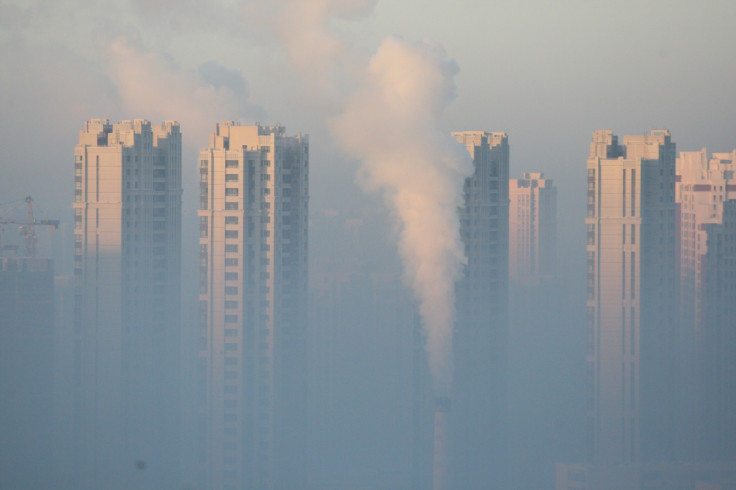UK greenhouse gas emissions for 2014 at record low, shows government report

Data released by the Department of Energy and Climate Change shows greenhouse gas emissions for 2014 in the UK were at a "record low". This was mainly due to decrease in use of coal for electricity generation and warmer temperatures.
According to the recently released "Final UK greenhouse gas emissions national statistics: 1990-2014", UK emissions of the "basket of seven greenhouse gases covered by the Kyoto Protocol" were 7.7% lower in 2014 at 514.4 million tonnes carbon dioxide equivalent (MtCO2e), compared to the 2013 figure of 557.3 million tonnes. The Kyoto Protocol is an international agreement linked to the United Nations Framework Convention on Climate Change, signed by many countries, including the UK.
The reduction in greenhouse gas emissions between 2013 and 2014 was mainly attributed to the energy supply sector and the residential sector. The former witnessed emission levels dropping 13.6% to 25.7 MtCO2e "due to a decrease in the use of coal for electricity generation." Emissions from the residential sector was down by 17.0% to 13.1 MtCO2e "due to a reduction in use of natural gas for space heating," according to the report. A warmer atmosphere, compared to 2013, kept the demand for heating lower in 2014, further reducing the emissions from the residential sector.
Warm temperatures also contributed in the reduction of emission of carbon dioxide, the main greenhouse gas. Carbon dioxide emission totalled 422.0 million tonnes in 2014, accounting for 82% of total UK greenhouse gas emissions in the year. However, the figure was around 8.9% lower than the 2013 figure of 463.3 million tonnes. Among other greenhouse gases, methane accounted for about 10% of UK greenhouse gas emissions, nitrous oxide about 4% and fluorinated gases accounted for around 3% of emissions.
According to the sectoral breakdown of emissions in 2014, 31% of greenhouse gas emissions came from the energy supply sector, 23% from transport, 17% from business, 12% from the residential sector and 9% from agriculture. "All the sectoral breakdowns included in this statistical release are based on the source of the emissions, as opposed to where the end-user activity occurred. Emissions related to electricity generation are therefore attributed to power stations, the source of these emissions, rather than homes and businesses where electricity is used," the report read.
The figures in this report have been revised since the previous publication in February 2015 "to incorporate methodological improvements and new data," the Energy and Climate Change department said in the report, adding that the geographic coverage of the report has also been changed from UK and Crown Dependencies to UK only from this year. "This change has been made to better align with the needs of users of the statistics, and with the geographical coverage of the UK's domestic carbon budget targets," the report read.
© Copyright IBTimes 2025. All rights reserved.





















